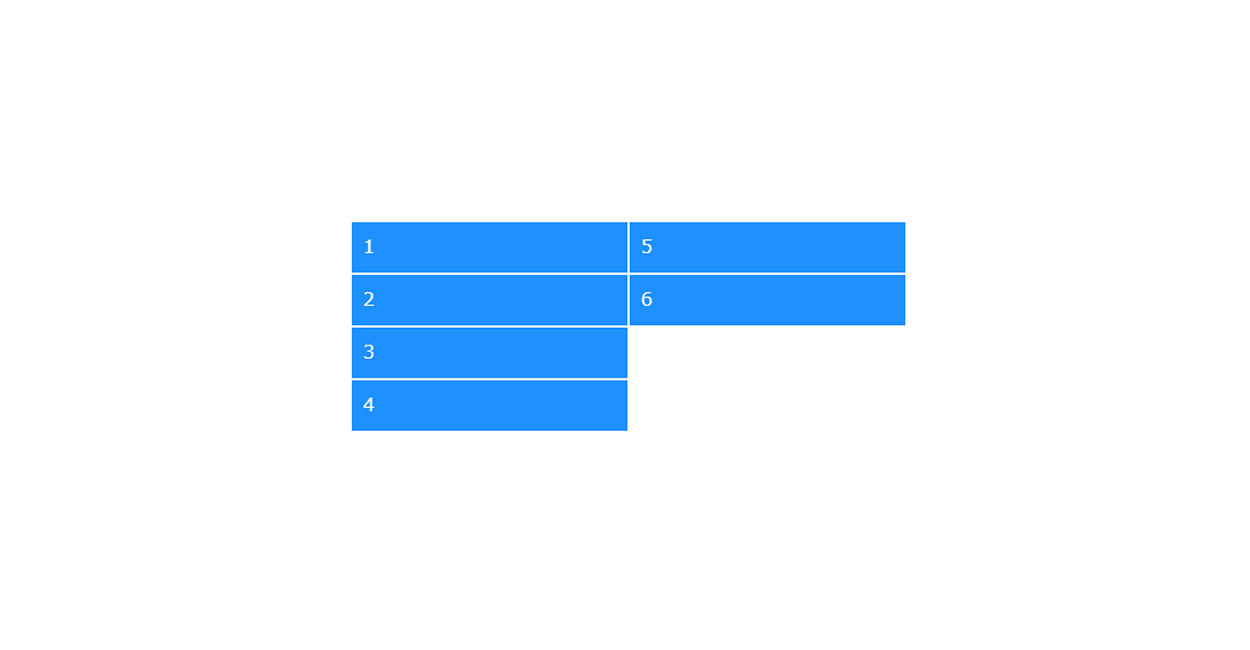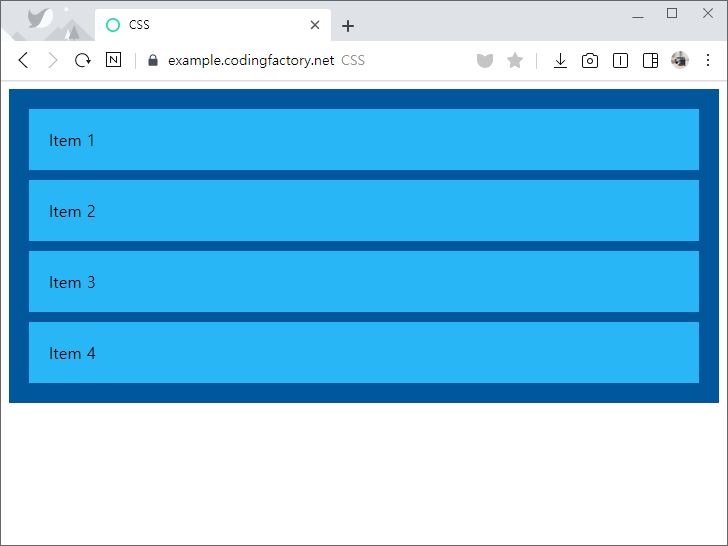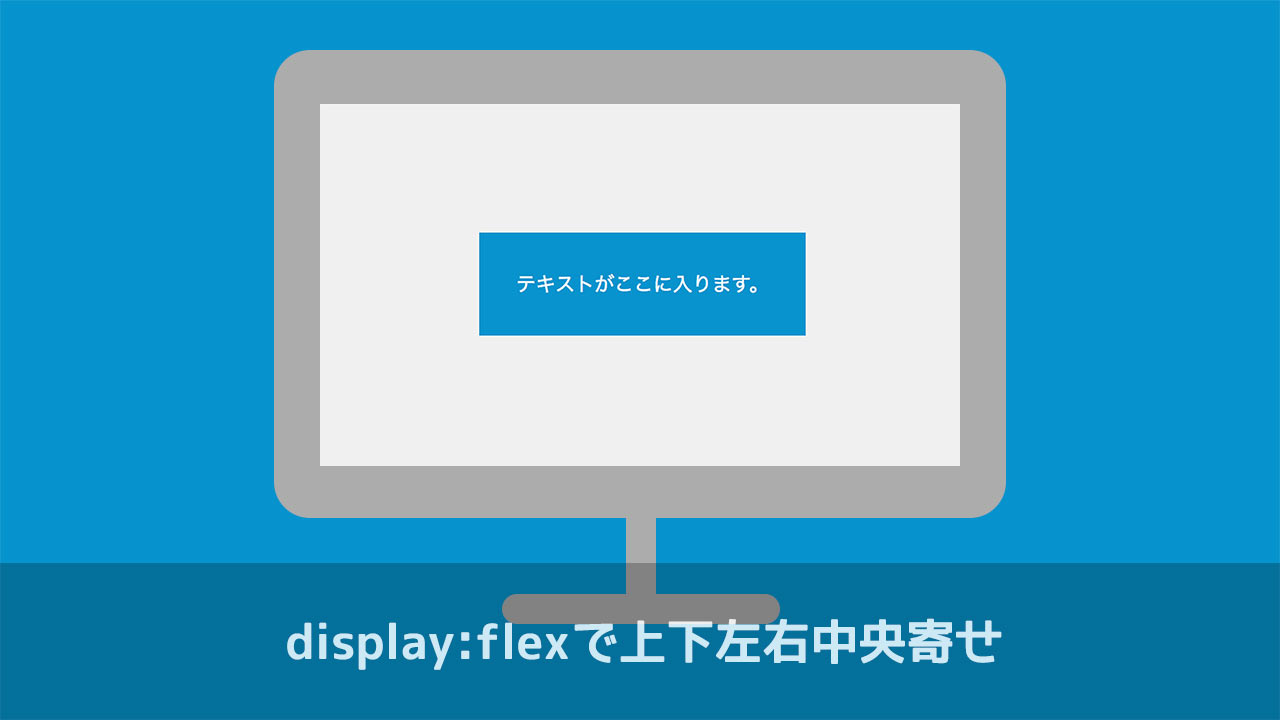

With that said, let's start with the most sought-after approach of them all. These are also going to be the terms we use throughout this guide. And in some cases, you may also see it being referred to as Top & Bottom. You can also interpret it as Left, Right, and Left & Right. In CSS, centering is often referred to as Vertical, Horizontal, or Vertical & Horizontal.
Website owners who are stuck with poorly structured templates/themes. Anyone who finds it hard to get that div centered once and for all. Front-end developers who feel overwhelmed with the "rules and regulations" of CSS. It's more to do with the fact that different layout structures have their own rules, and might not respect a certain approach.īut, first things first, who is this guide created for: I'm certain that the problem with centering stuff using CSS isn't about remembering the justify-content: center property. So, it only makes sense that I finally put together such an article myself.  Vertical & Horizontal: A Universal SolutionĪs I briefly mentioned in my introduction to CSS math functions - after publishing the useful CSS tricks article - I saw traffic coming to this site for keywords like "how to center CSS". Centering inline elements with a fixed width. Centering block elements with a fixed width. The justify-self and align-self property set the way a box is justified inside its alignment container(parent) along the appropriate axis.įollow me on Twitter, LinkedIn or GitHub.
Vertical & Horizontal: A Universal SolutionĪs I briefly mentioned in my introduction to CSS math functions - after publishing the useful CSS tricks article - I saw traffic coming to this site for keywords like "how to center CSS". Centering inline elements with a fixed width. Centering block elements with a fixed width. The justify-self and align-self property set the way a box is justified inside its alignment container(parent) along the appropriate axis.įollow me on Twitter, LinkedIn or GitHub. 
On the child set the justify-self and align-self to center. On the parent set display: grid and specify the row/column width. You can achieve this with transform: translate(-50%, -50%) Using Viewport Unit. You must pull back the item with the half of its width and height.







 0 kommentar(er)
0 kommentar(er)
